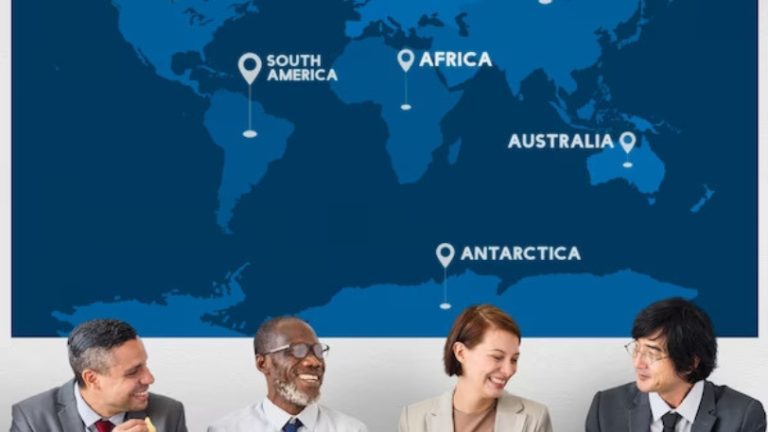In the era of digital globalization, businesses are increasingly recognizing the importance of optimizing their online presence for a global audience. International SEO has emerged as a pivotal strategy for achieving this, ensuring that websites resonate with diverse audiences across different regions. In this blog, we will explore the best practices for International SEO, shedding light on key strategies and the role of internal linking in maximizing global reach.
Understanding International SEO: A Global Imperative
Defining International SEO:
International SEO involves optimizing a website to attract and engage users from various countries and regions. It goes beyond traditional SEO by considering language differences, regional search preferences, and cultural nuances.
Key Components of International SEO:
- Multilingual Content: Providing content in multiple languages to cater to a diverse audience.
- Geotargeting: Utilizing tools and strategies to target specific geographic regions with relevant content.
- Hreflang Tags: Implementing hreflang tags to signal search engines about language and regional targeting.
Best Practices for International SEO Success
1. Conduct Comprehensive Keyword Research:
Understand the language and search behaviors of your target audience in different regions. Conduct thorough keyword research to identify the terms and phrases they use when searching for products or services.
2. Implement Hreflang Tags:
Hreflang tags are essential for signaling to search engines the language and regional targeting of your content. Proper implementation ensures that users are directed to the most relevant version of your content based on their location and language preferences.
3. Choose the Right Domain Structure:
Decide on the most appropriate domain structure for your international SEO strategy. Options include country-code top-level domains (ccTLDs), subdomains, or subdirectories. Each has its advantages, and the choice should align with your specific goals.
4. Create Location-Specific Content:
Tailor your content to be relevant and culturally appropriate for different regions. This goes beyond translation; it involves understanding local preferences, idioms, and cultural nuances to create a more personalized user experience.
5. Optimize Internal Linking Structure: The Power of Connectivity
Internal linking is a crucial aspect of International SEO. Establish a logical and well-structured internal linking system that guides users and search engines through your content seamlessly. Proper internal linking also helps distribute link equity throughout your site.
6. Use Subdirectories for Language Variations:
When dealing with multiple language variations, using subdirectories is often a recommended approach. For example, your website.com/fr/ for French content. This helps maintain a clear hierarchy and makes it easier for search engines to understand language targeting.
7. Ensure Mobile-Friendly Design:
Many users from different regions access websites through mobile devices. Ensure that your website is mobile-friendly, providing a positive user experience across various devices and screen sizes.
8. Optimize Page Load Speed:
Page load speed is a crucial factor for both user experience and search engine rankings. Optimize your website’s performance to ensure fast loading times, especially in regions with varying internet speeds.
9. Localize Metadata and Alt Text:
Customize metadata, including titles and meta descriptions, for each language or region. Additionally, localize alt text for images to accurately describe them in the local language.
10. Leverage International SEO Tools:
Utilize tools designed for International SEO, such as Hreflang tag generators, geotargeting tools, and analytics platforms that provide insights into the performance of your international content.
Conclusion: Navigating the Global SEO Landscape with Confidence
In the dynamic world of international SEO, adopting these best practices is key to navigating the global marketplace with confidence. By understanding the unique challenges and opportunities of reaching diverse audiences, businesses can optimize their websites for global reach and establish a strong digital presence worldwide. Embrace the power of international SEO, implement strategic internal linking, and position your brand for success on the global stage.


